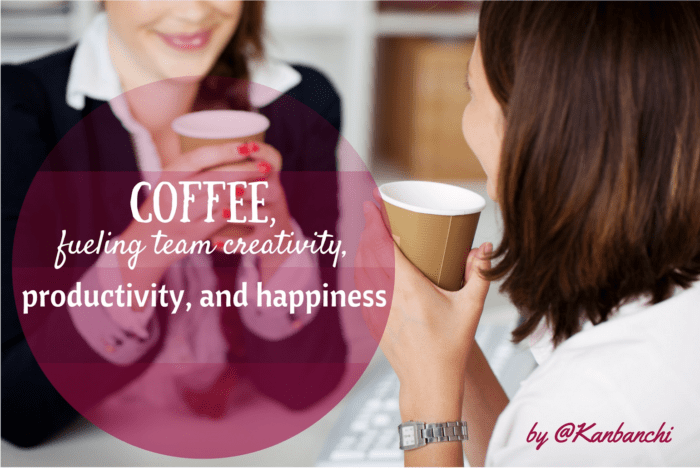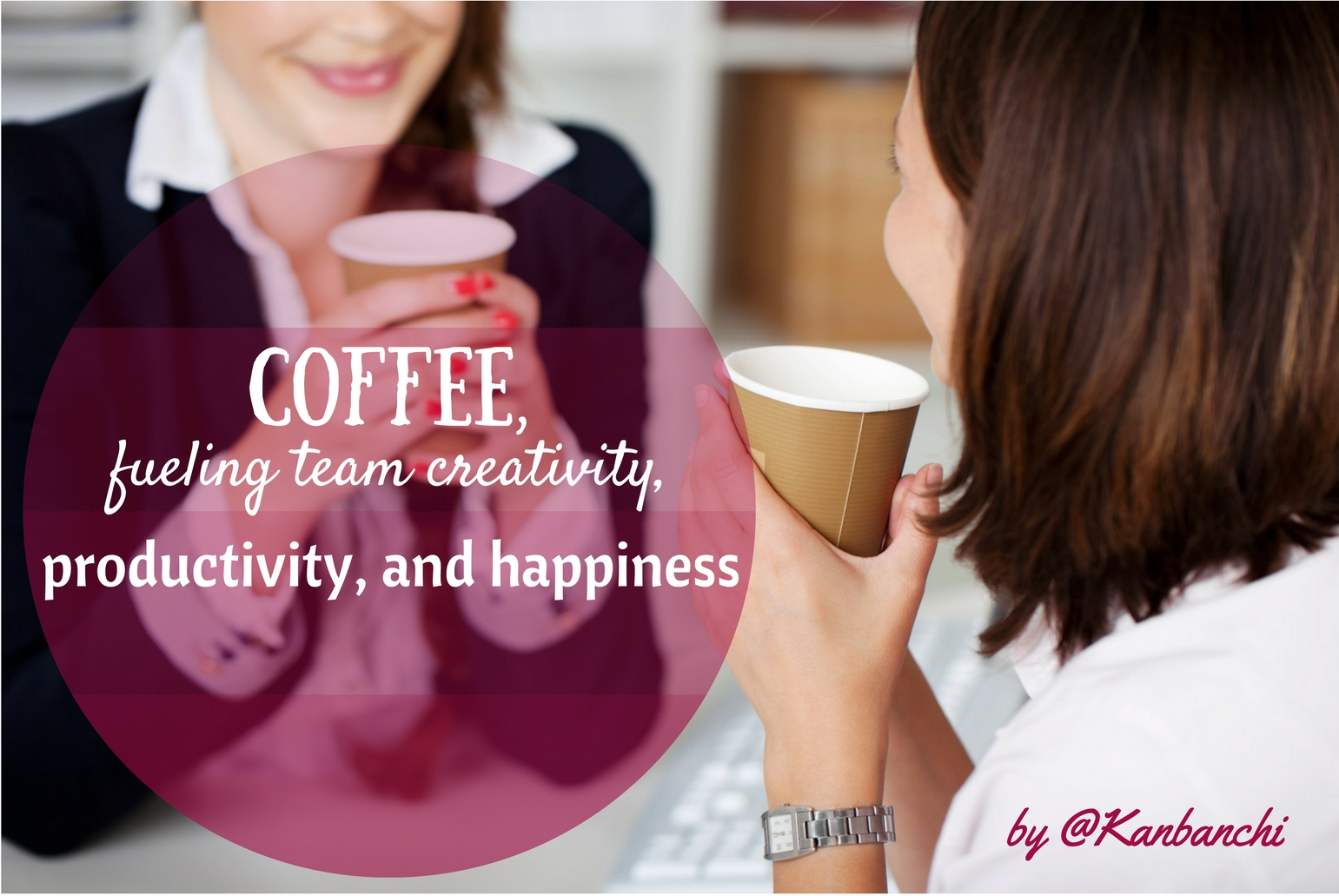
Coffee, fueling team creativity, productivity, and happiness
Can you improve productivity by twenty percent by giving everyone a coffee break at the same time? How about improving team creativity and engagement by having fewer, but larger, dining tables in the cafeteria. What about reducing stress and anxiety amongst your team members by grabbing a cup of joe?
What science has to say
This research is giving new credence to the much loved and missed coffee break. According to work from the MIT Media Lab the key to team collaboration and productivity isn’t about the caffeine in the coffee, but in the conversations around the pot (or barista if you’re as lucky as us!).
Detailed in a Harvard Business Review article, the researchers from MIT have found that there are three keys components to team collaboration. No more guessing why one team is more productive than another or how they achieve it, the research shows it’s about Energy, Engagement, and Exploration.
The article defines Energy as the frequency of the conversations and the level of excited-ness between two individuals talking face-to-face. Engagement is the level to which everyone in the group contributes to the conversation, and lastly is Exploration, how much a team’s members engage with other people and teams outside of their own.
The research is being powered by a new technology that collects data from individuals at work about how much they converse with others, how they converse (level of energy), and how that relates to key metrics about productivity and success.
Years in the making this technology is still mostly living in the lab, but a couple of key takeaways can be observed and actioned on without access to special technology.
The first factor is that face-to-face conversations outside of formal meetings are a positive boost to collaboration. Those water cooler chats, coffee break catch-ups, and the squeezing into a table with strangers at lunch all serve to enhance team creativity and collaboration.
Second is that a single individual personality type can fuel the group and the more you have of them the better it is for collaboration. The MIT researchers call this persona the “Charismatic Connector”, someone who works a room talking to everyone in a meaningful way gathering information and getting to know people.
Doctors orders
If you’re still struggling to convince your boss to bring back the formal coffee break, here’s a couple more data points to load into your argument.
We sit too much and it’s not good for us. Health care costs are skyrocketing and it’s hard to be productive if you’re home sick. This article by the Washington Post has an amazingly scary infographic on the dangers of excessive sitting.
The Hunchback of the Cubicle is not the latest novel by Victor Hugo, it’s the condition where your spine starts to form improperly due to collagen hardening around our tendons and ligaments. Excessive sitting has been linked to high blood pressure and cholesterol.
You can’t focus forever
According to some researchers the average human can only focus for 5 minutes, therefore expecting someone to sit at his or her desk from 8:30 a.m. to 12:00 is a fool’s errand. Why not structure the day to provide scheduled breaks. Recalling our old friend Aristotle’s quote “Through discipline comes freedom”, people subconsciously re-structure their work to fit into the confines of the schedule. Not having to think about when to take a break brings the added freedom to focus on actually working.
The coffee break provides enumerable benefits from serious health improvement to increased productivity. Happier employees, who produce more, are able to collaborate more effectively, and live longer should be the dream of every manager. The cost of a fifteen-minute coffee break is negligible compared to the gains you can reap. However managers must beware, the quality of coffee provided is also directly linked to how much an employee believes his or her employer cares about their employees. Splurge for the good stuff, a bag of your local fresh roasted artisanal coffee isn’t going to cost you more $15. It’s worth it.

